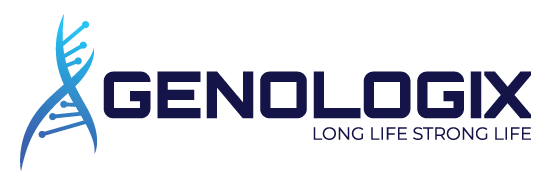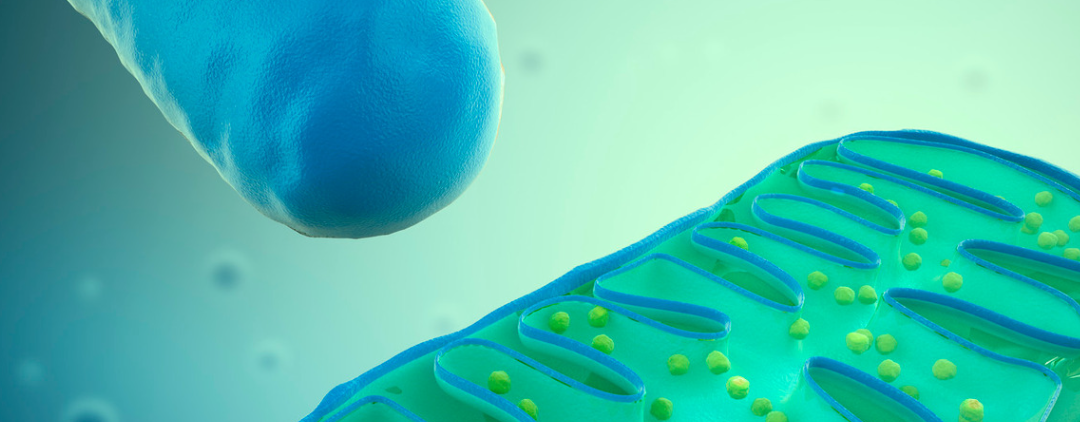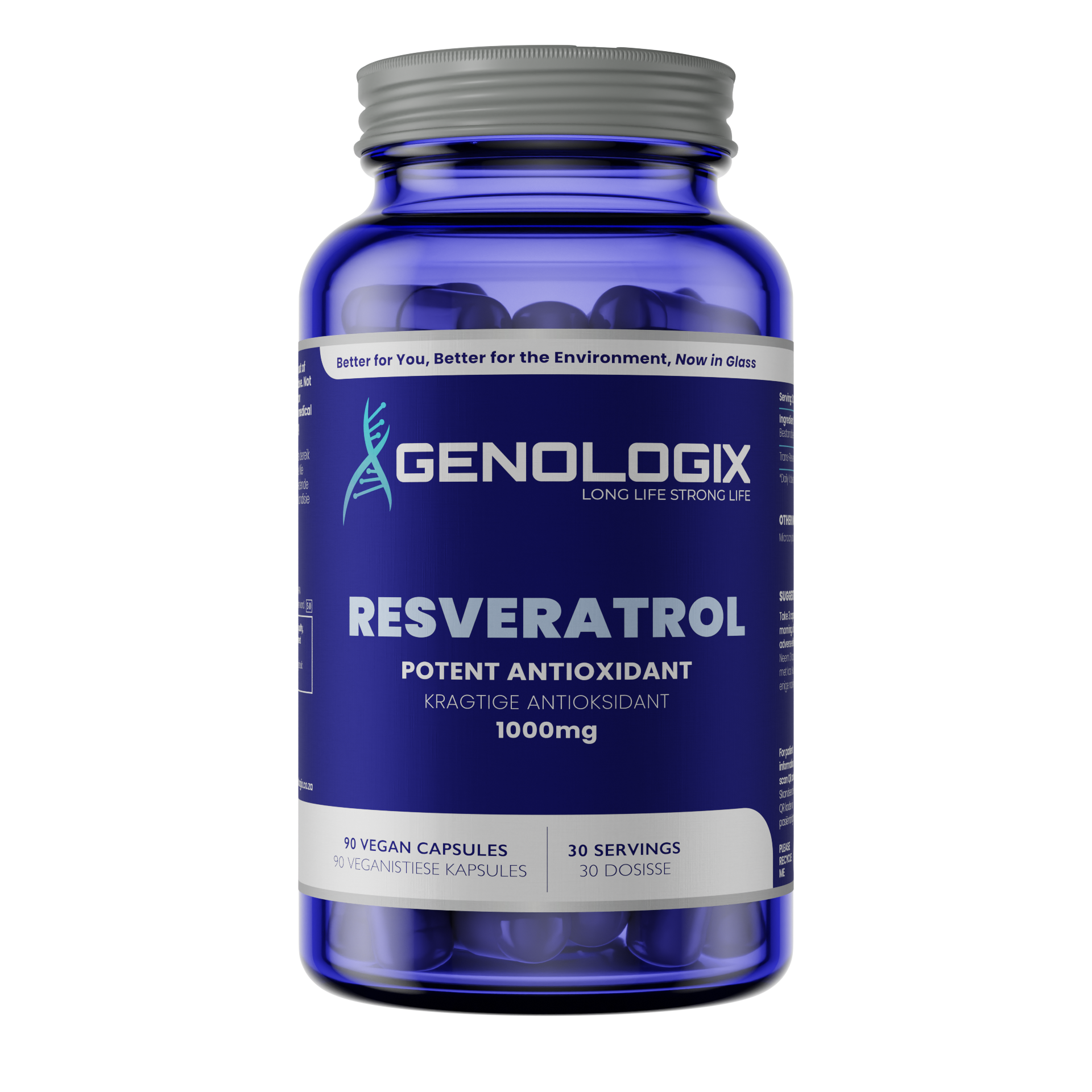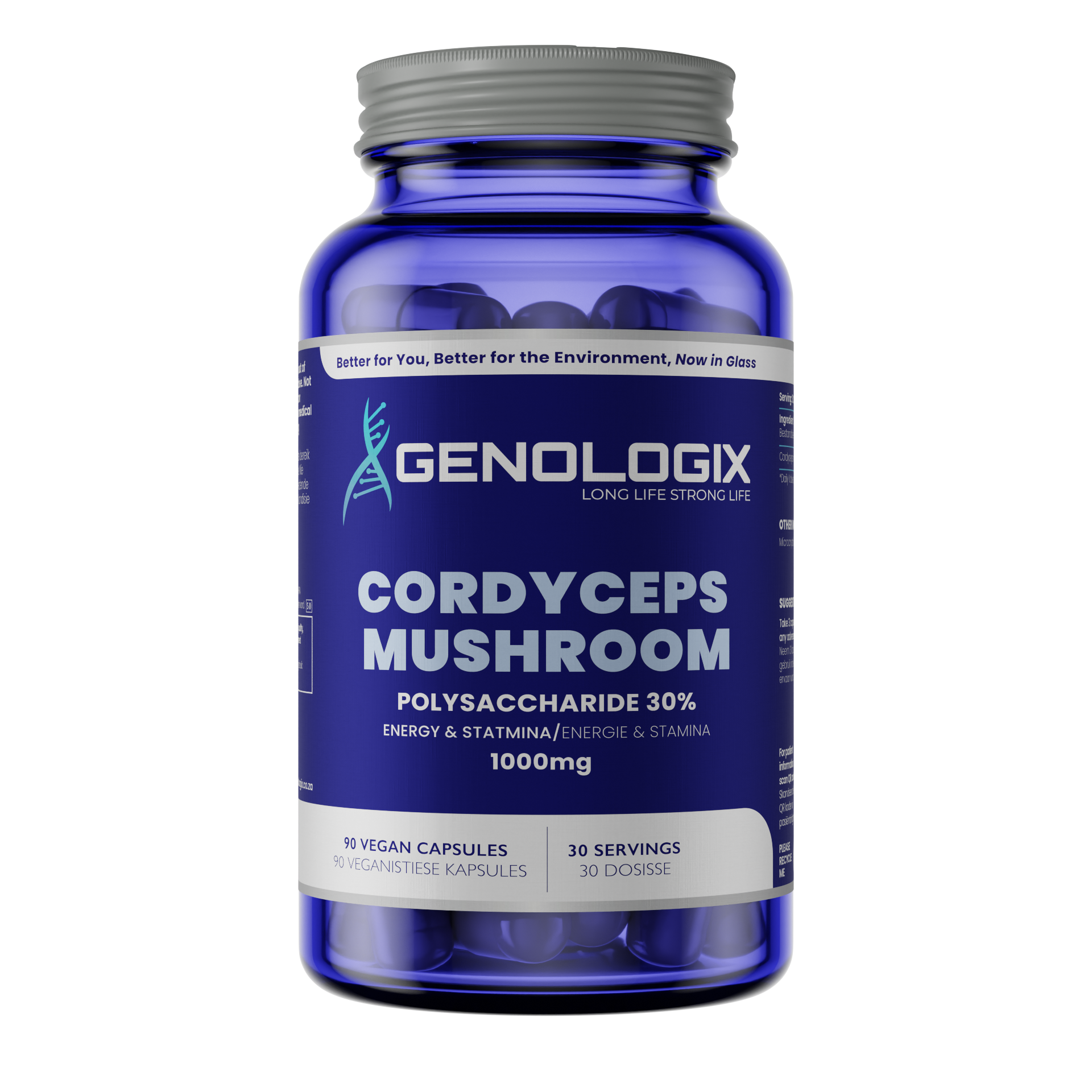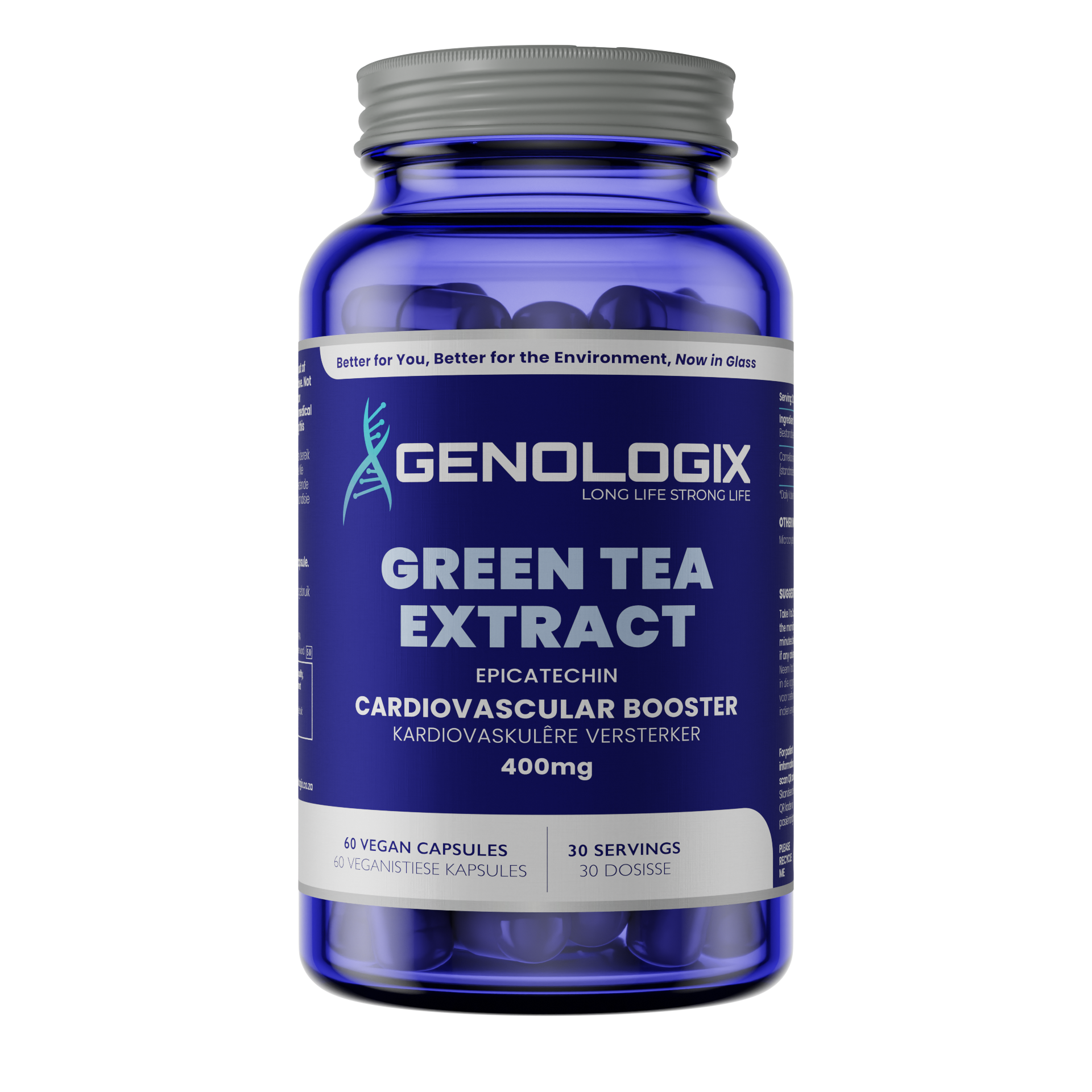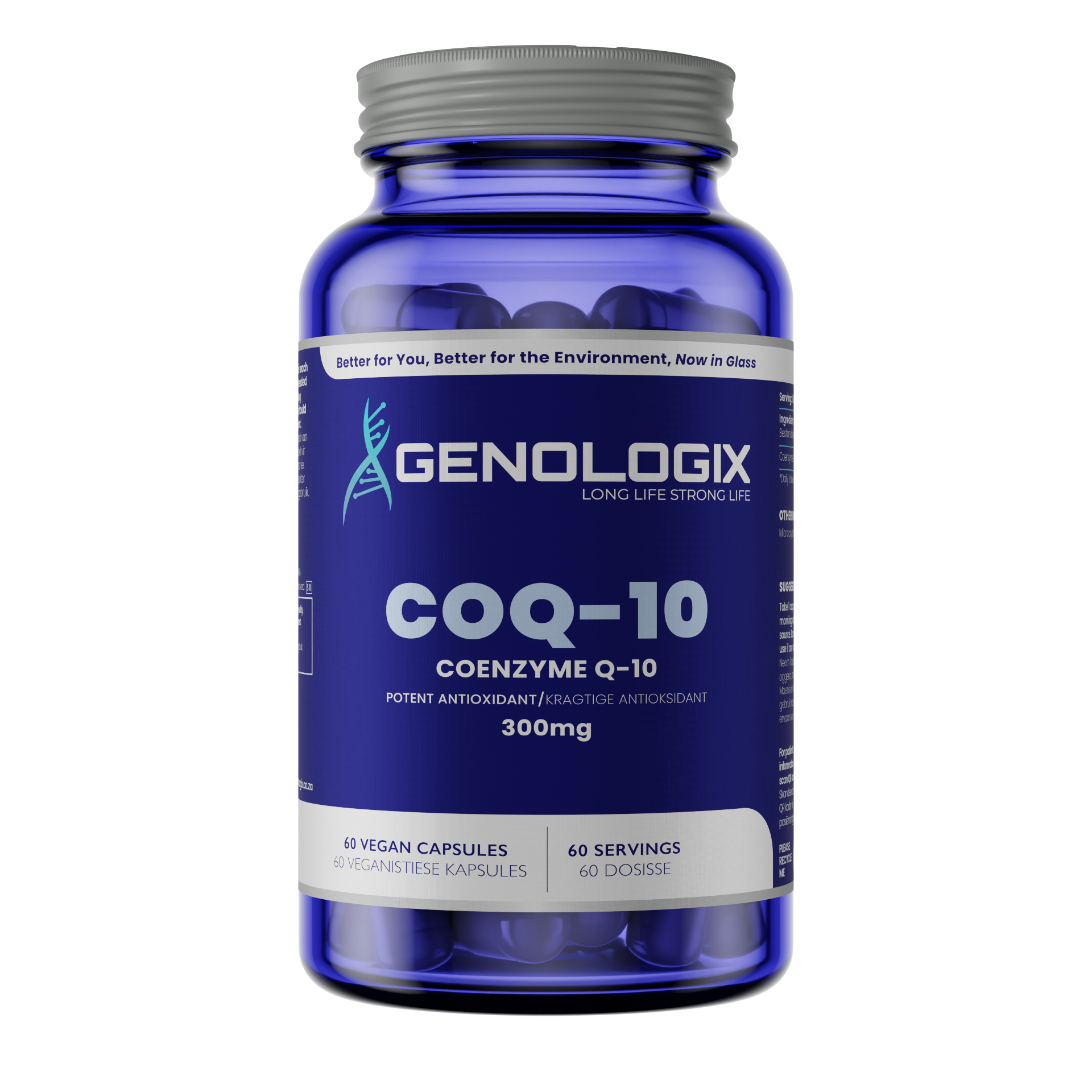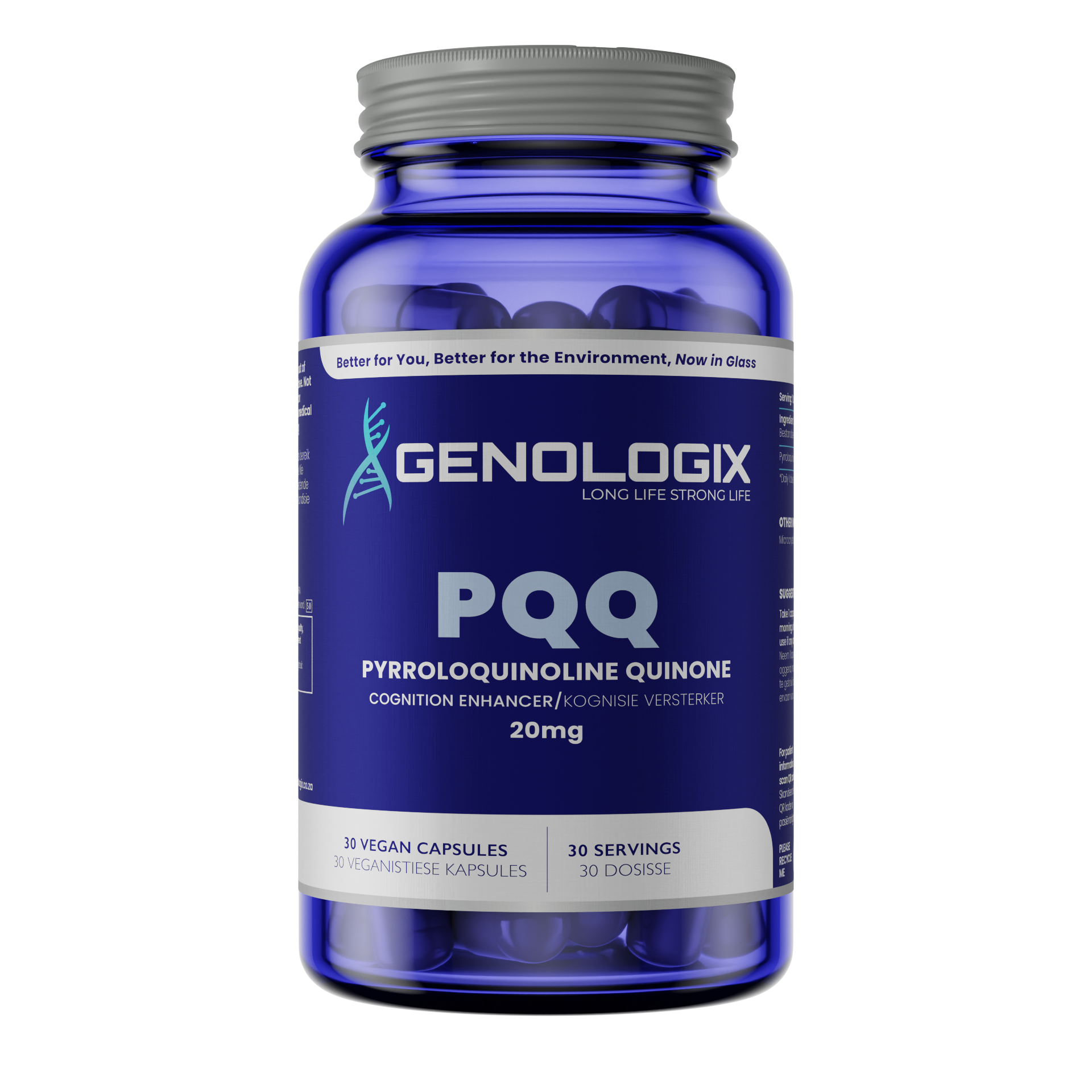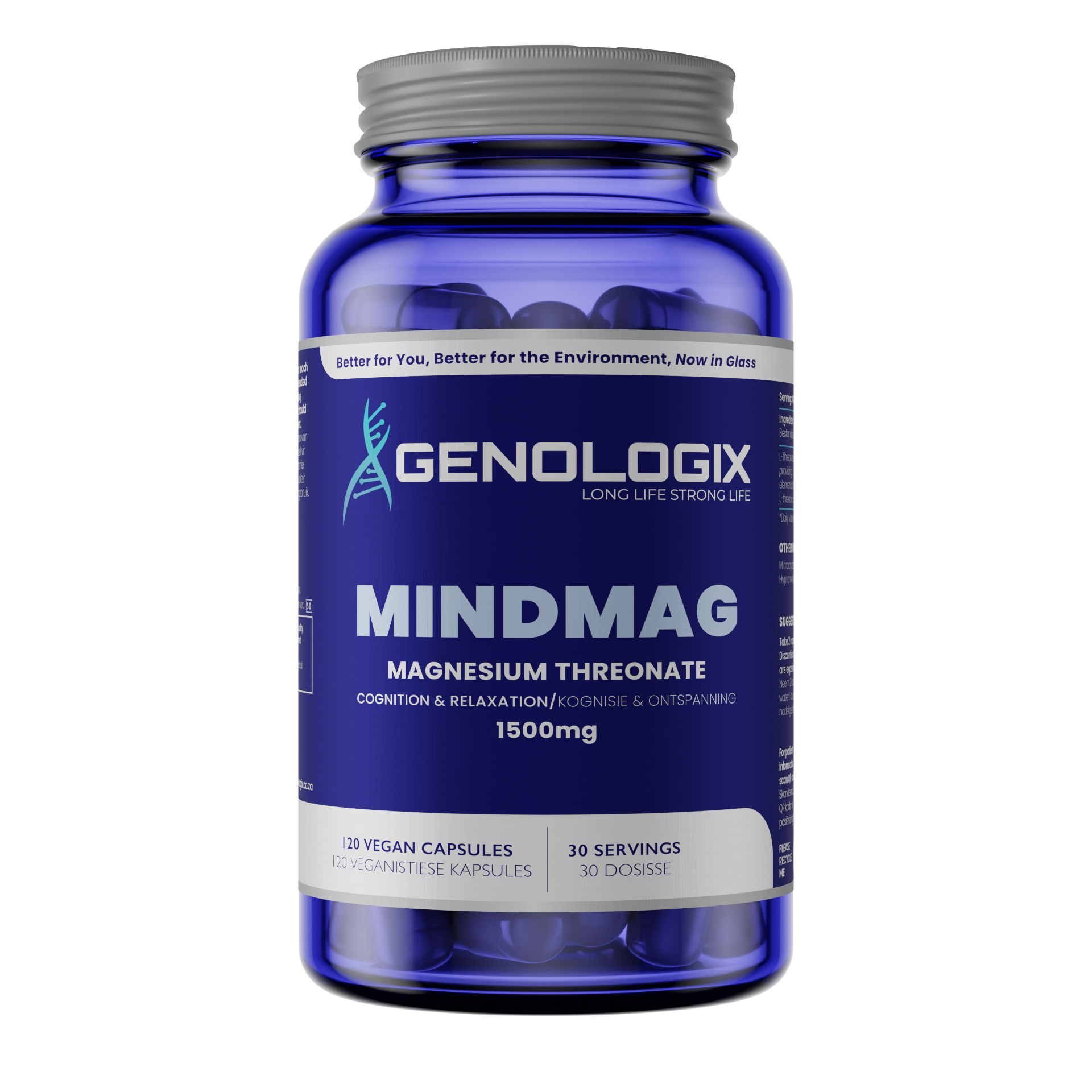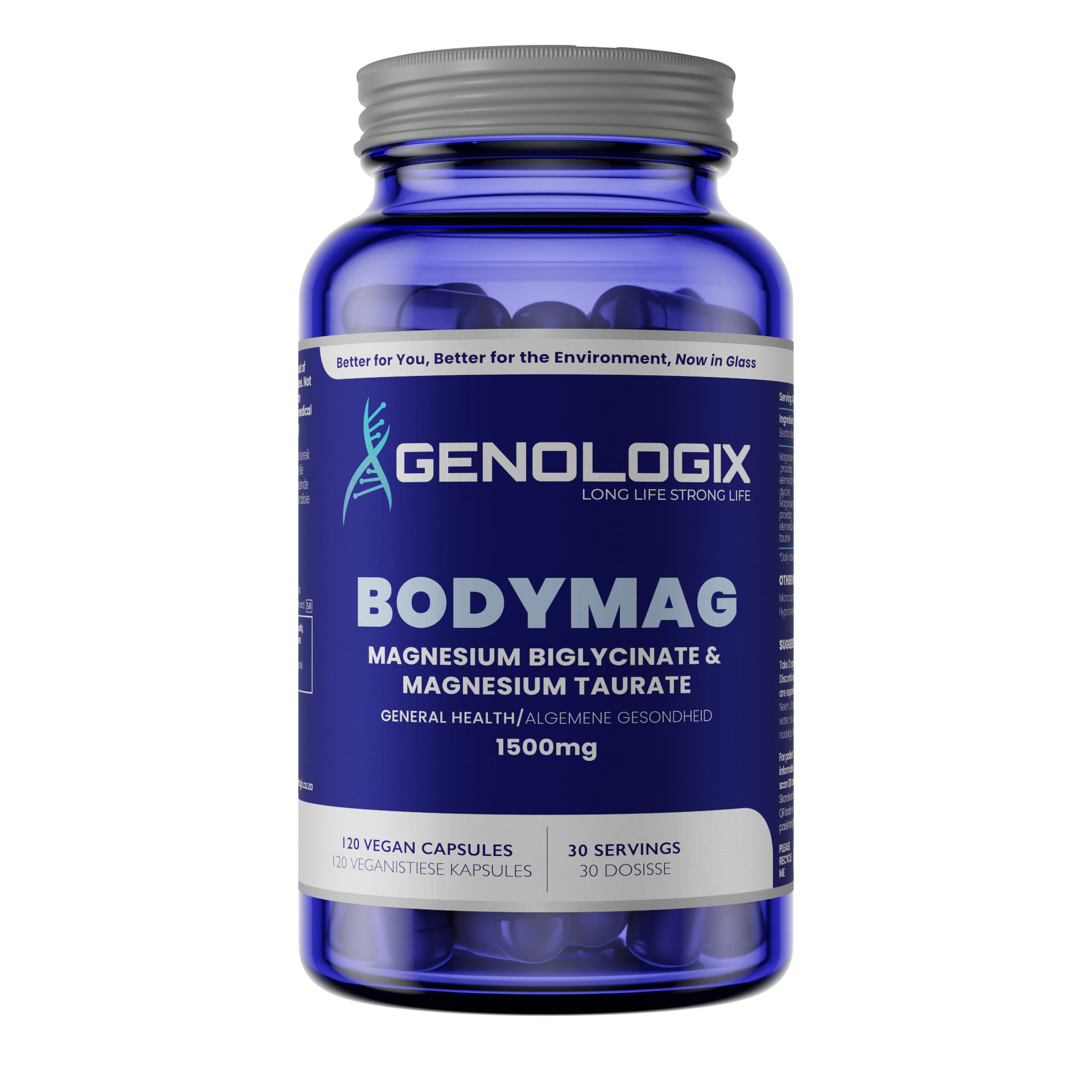Elevating ATP and Mitochondrial Function: A Guide to go From Exhaustion to Vivacity

Foreword
The purpose of this article is to highlight how important certain molecules are to producing energy in your body and combating fatigue. It is not necessary to comprehend how the process works in all of its intricacies.
What is ATP?
ATP is the body’s (specifically the mitochondria in your cells) energy currency. Its ability to produce enough ATP to meet your daily demands of work, exercise and immune function is dependent on many factors. To better understand this, it is helpful to explain how Adenosine Triphosphate (ATP) is produced and utilised through a process called cellular respiration which takes place in your cells. The stage (more information shortly) takes place in the cytoplasm (fluid inside your cell), with the latter two taking place in the mitochondria within your cells.
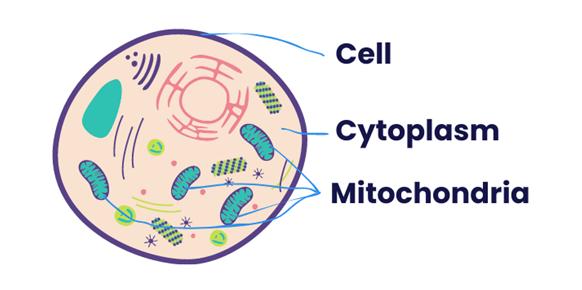
How ATP is Produced and the Importance of NAD+
If you are not yet familiar with NAD+, it acts as a catalyst that activates enzymes in our cells and has been the subject of a lot of interest in recent times. As we age, our circulating levels of NAD+ decline and can be used as an indicator of biological ageing. As levels decline, the body cannot activate these enzymes responsible for energy production, immune function and much more. The importance of NAD+ in ATP production is highlighted below
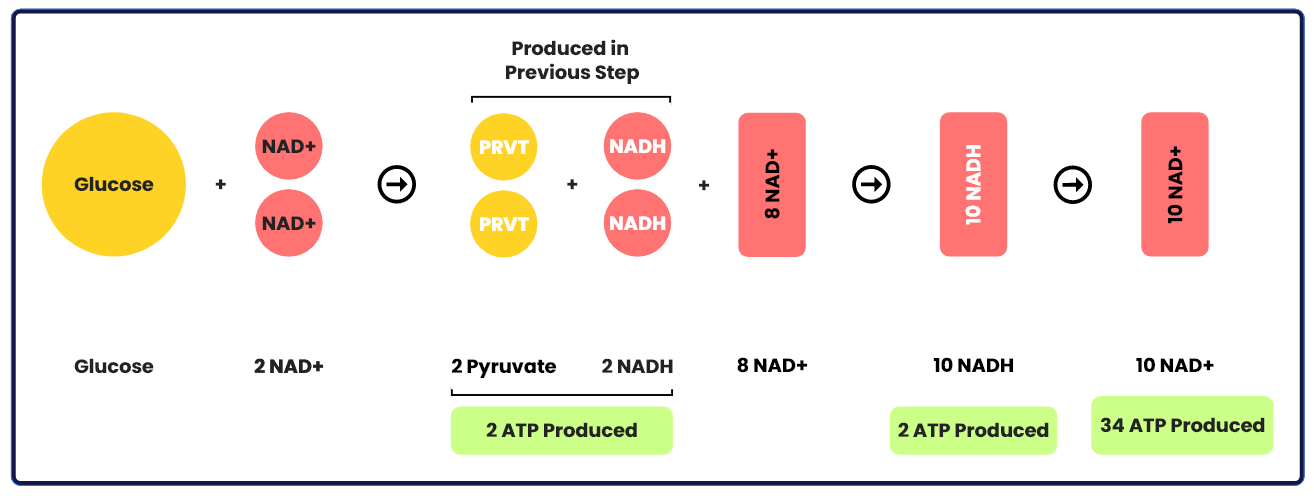
If you examine closely, you will notice that 2 NAD+ molecules are required in the first step and 8 are required in the second step. They are converted into 10 NADH’s which are absolutely critical to the bulk of the ATP production that you see in the final step (where 34 of the potential 38 ATP are produced)
While not shown in this reaction above, it is important to note that Coenzyme Q10 (CoQ10) is required in the conversion of NADH back to NAD+ and ultimately to produce ATP.
Why Some Supplements Have Such Profound Effects on Energy?
ATP is used to power almost every process in the body. If we look at the process above, one molecule of glucose has the potential to produce 38 ATPs. This is your cells potential energy production, your cells are highly unlikely to generate energy at maximum capacity unless you are a well-rested, world class athlete.
The body can be trained to increase its ATP production capacity through specific cardiovascular training, but with an increased capacity, comes an increased requirement for the prerequisites to ATP.
The NAD+ and NADH molecules appear above as one of the most important “ingredients” in ATP, and they are. This explains why supplementing with NMN, an NAD+ precursor, has a profound effect on our on fatigue.
Our bodies require ATP for a lot more than just getting through a work day. ATP is burned at a higher rate when we are stressed, when our immune system becomes active (by either an infection or autoimmunity) and when we exercise, to name just a few. When the demand for ATP goes up, the demand for the prerequisite molecules to ATP goes up. If we don’t have enough prerequisite molecules to meet the demand, we experience fatigue.
Resveratrol is another supplement that has an interesting effect on our ATP production. It is involved in mitochondrial biogenesis, which is the process by which new mitochondria are produced. If you look at mitochondria as power stations, the more power stations you have, the greater electricity output you will be able to generate. This concept is the same for mitochondria and energy production.
Increased capacity will of course drive up the need for more prerequisite molecules again, just as an increased electricity output would require more coal to generate that additional power. This explains why resveratrol and NMN have become a popular stack in the antiaging and antifatigue supplement sphere.
Other Supplements Known to Have an Influence on ATP Production
Cordyceps Mushroom & Green Tea Extract
Cordyceps Mushroom is known amongst other things, to increase ATP production and capacity for production
Green Tea Extract has been shown to significantly increase NADH levels in the body as well as improve energy levels
Coenzyme Q10 and PQQ
CoQ10 is directly involved in cellular respiration, assisting in the conversion of NADH to NAD+, which ultimately generates more ATP
PQQ’s (Pyrroloquinoline Quinone) method is not fully understood as of yet, but it is believed to perform a similar function to CoQ10
Magnesium
Magnesium is required in ATP hydrolysis, which is the splitting of the ATP molecule into ADP.
The split of this molecule (and further splitting into ADP and AMP) requires an enzyme to initiate the reaction and Magnesium is utilised by the enzyme to induce the reaction
How You Can Leverage Your Mitochondrial Health to Boost Your Energy?
As you can tell, the process of generating your ATP is a complex one, involving many components and “ingredients”. Exercise through a range of different levels is absolutely essential to improve mitochondrial health, which cannot be circumvented. We do however need to fuel our bodies with the correct foods, nutrients and minerals to ensure that we can produce energy at our maximum capacity, and that’s where Genologix comes in
